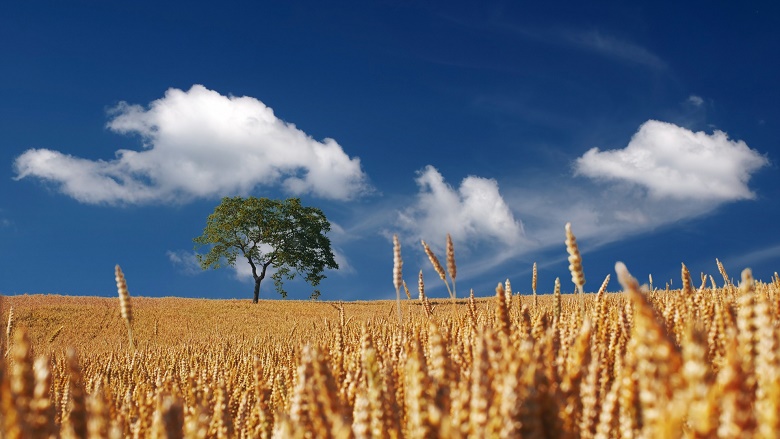CBA Economics has released its fourth AgQ Report, providing a quarterly update on the agri-commodities sector. The report features commentary on the global supply and pricing of the dairy, cattle, sheep, wheat, oilseeds, corn, sugar and cotton industries.
CBA Agri-Strategist Tobin Gorey explains the key themes this quarter:
“Agricultural commodities will broadly gravitate towards more neutral supply conditions this year, with surpluses and deficits receding in most agri-commodity markets.”
Mr Gorey explains: “Grain prices remain low, but we see some relief ahead in season 2017. Oilseed and cotton prices outperformed last year, which will make them a popular crop to plant in 2017. And the Australian cattle market should give up some ground as the year progresses, helping to bring us back into line with global prices.”
Wheat price recovery may be fast-tracked
Australia produced a record wheat crop of 35mmt in season 2016, adding to already ample global supply. “Australian wheat pricing is globally competitive, so we have seen a significant rise in exports this year,” Mr Gorey said. “With the initial harvest indigestion resolved, prices now have some scope to push away from season lows.”
CBA Economics also notes that global prices currently have an upside bias. “Although we began the year with fairly a neutral outlook for the global wheat market, recent developments in the US may provide further upside risk in 2017.”
Mr Gorey explains: “The US winter wheat crop has been hit by adverse conditions so the supply-side rebalancing could be fast-tracked in 2017.” CBA Economics believes problems with the US crop would likely prove very influential for global pricing as the US holds the bulk of wheat inventories.
High sugar prices have “cured” high sugar prices
Sugar prices rose rapidly last year amid concern about lean supplies. Global producers have responded swiftly to the attractive prices on offer and CBA Economics now expects the global market to swing into surplus during season 2017. Brazil, Russia and the EU will all increase output, and production in Thailand and India is likely to recover during season 2017.
“The yawning gap between sugar and ethanol prices in Brazil directed maximum cane into sugar production,” Mr Gorey said. “Sugar supply conditions have eased as a result. Sugar’s price premium over ethanol is obviously no longer necessary, so prices have retreated accordingly.”
The Australian industry has lost some potential sugar production after Cyclone Debbie struck Queensland’s cane growing regions. “The one bright spot was that sugar mills emerged from Debbie largely unscathed, otherwise many more canegrowers would have also suffered a delayed impact,” Mr Gorey said.
Livestock prices to cool
Australian livestock markets have continued to perform strongly so far in 2017, but Mr Gorey expects prices to soften as herds and flocks are rebuilt.
“After a harsh summer, improved late-autumn rainfall injected a rush of confidence back into the cattle market,” Mr Gorey said. While the renewed restocking interest has underpinned high cattle prices for longer, Mr Gorey explained that markets should begin easing again towards the end of the year.
“Seasonal conditions remain a wild card, but we expect a significant increase in the sheep flock by 2018, while the cattle herd probably lifts only modestly,” Mr Gorey said.
CBA Economics continues to emphasise the changing global trade landscape in meat and livestock export markets. “Improving market access for Australia’s competitors – particularly for beef – is a challenge for exports, but this concern is reduced as the consumer base grows,” Mr Gorey said.
For more detailed analysis, click here to view the full report.



